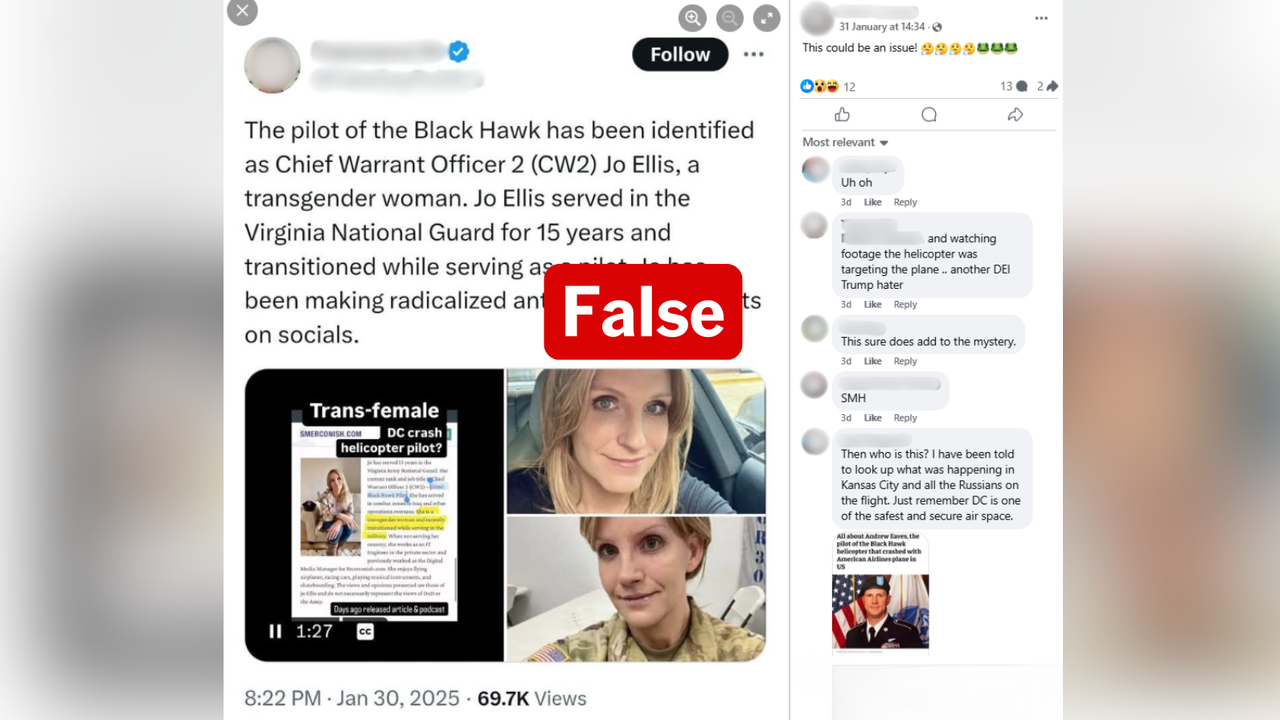WHAT WAS CLAIMED
The federal election writs were unlawful as they were issued without the Great Seal of the Commonwealth.
OUR VERDICT
False. There is no requirement for the Great Seal to be included in election writs.
A former senator has claimed in a video that the federal election writs were issued unlawfully by the governor-general and state governors as they did not contain the Great Seal of the Commonwealth of Australia.
However, there is no requirement in the Australian Constitution or any relevant acts for election writs to include the seal, with a legal expert telling AAP FactCheck the claim is "full of misunderstandings about legalistic formalities."
Former One Nation senator Rod Culleton made the claim in a video with anti-vaccination activist Maria Zeee that was shared to Culleton's Great Australia Party (GAP) Facebook page.
Mr Culleton ran unsuccessfully in the election as GAP's lead senate candidate for Western Australia.
In the video, Mr Culleton questions the validity of the election because the writs do not contain the Great Seal.
"The Great Seal of the Commonwealth is the people's authority. That's where you get your power from. (Governor-General) David Hurley has to issue a writ and it must contain the Great Seal of the Commonwealth and no other. And I cannot see the Great Seal," he said (video mark 8min 54sec).
He later added: "Those seals must be displayed on any authorised official Commonwealth document, that's just the law" (14min 30sec).
However, Professor Graeme Orr, electoral law expert at the University of Queensland, told AAP FactCheck that there are no requirements for electoral writs to contain the Great Seal.
"Nothing says electoral writs have to be 'sealed'," Prof Orr said via email. "A writ issuing from the governor-general's office, under his signature, is evidence enough. A false writ would be immediately challenged by the government or opposition in court."
Election writs are orders sent by the governor-general and the state governors to the Australian Electoral Commissioner (AEC) to hold an election. They are governed by the Commonwealth Electoral Act 1918.
Professor Anne Twomey, constitutional law expert at the University of Sydney, told AAP FactCheck that the Electoral Act does not require election writs to be authorised by the Great Seal.
"Instead, section 152 says that the writs 'shall be signed by the governor of a state, the governor-general or the Speaker, as the case requires'," she said via email.
A representative for the Department of Prime Minister and Cabinet (PM&C) also told AAP FactCheck in an email that "there is no requirement to affix the Great Seal to election writs."
The representative said only some documents are required to be sealed, including "the proclamation proroguing parliament and dissolving the House of Representatives when a federal election is to be held."
The Federal Executive Handbook outlines when the Great Seal must be used and makes no mention of assigning a seal to election writs.
The AEC addressed a similar claim on Twitter responding that "it is not a requirement that it (the Great Seal) be on the writ".
On its website, the Department of PM&C says provisions for the Seal are outlined in Clause 2 of Queen Victoria's 1900 Letters Patent that constituted the governor-general's office.
"There shall be a Great Seal ... which Our said Governor General shall keep and use for sealing all things whatsoever that shall pass the said Great Seal," it states.
According to Prof Orr, the wording in the Letters Patent is tautological, essentially decreeing that "whatever passes through that sealing machine is sealed."
"It does not say a governor-general must only act via the seal: every day s/he 'assents' to legislation with a simple signature," he said. "Seals are just peculiar, traditional methods of evidencing a document … No legislation governs the Seal."
Prof Twomey added: "Seals are used to show that a document has been properly authorised. But this can also be done by other means, e.g. the signature of the governor-general."
Mr Culleton did not respond to AAP FactCheck when asked to clarify the basis of his claim.
Where the Seal is required, the governing regulations explicitly call for its use. For example the Letters Patent issued by the Queen in 2008 spelt out the requirement for the Seal to be applied in the appointment of a new governor-general: "The appointment of a person to the office of Governor‑General shall be during Our pleasure by Commission under Our Sign Manual and the Great Seal of Australia" (section II a).
AAP FactCheck previously debunked a claim the election writs were invalid because they were sent by the Special Minister of State instead of the governor-general.
The Verdict
The claim that the writs for the federal election were unlawful because they did not contain the Great Seal of Australia is false. There is no requirement for the Seal to be included in election writs and the writs were issued in accordance with the relevant legislation, official documents show and experts confirmed to AAP FactCheck.
False – The claim is inaccurate.
AAP FactCheck is an accredited member of the International Fact-Checking Network. To keep up with our latest fact checks, follow us on Facebook, Twitter and Instagram.












